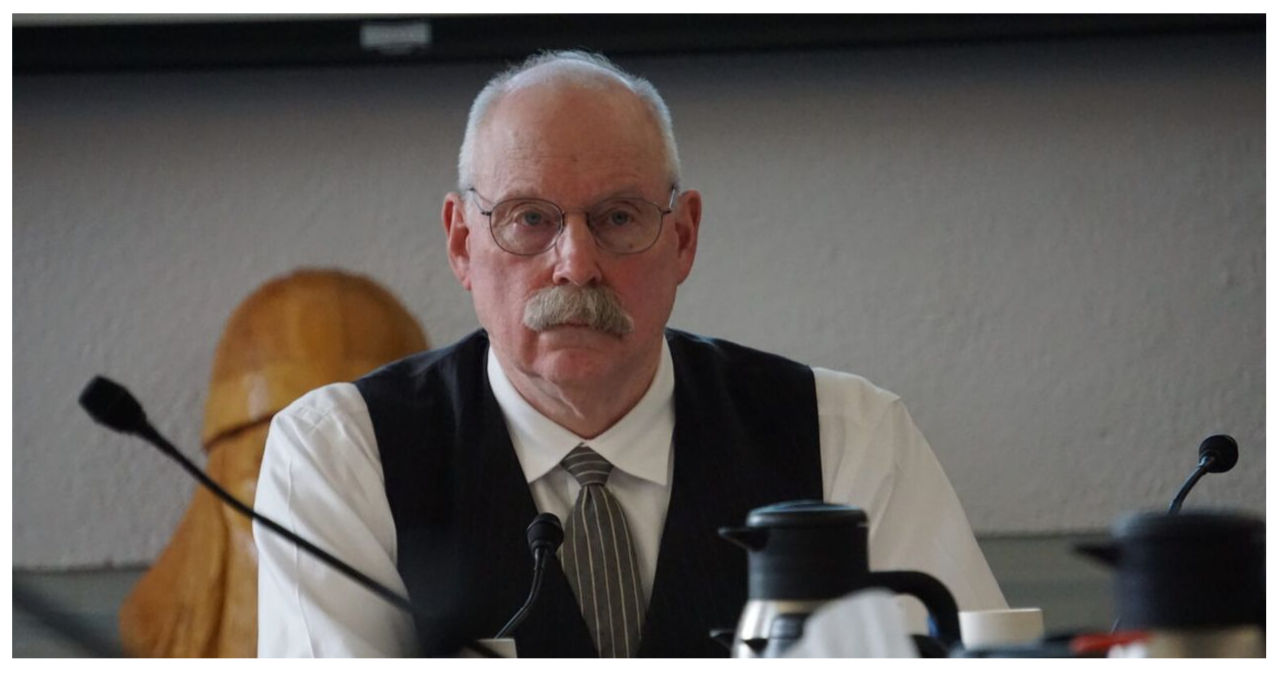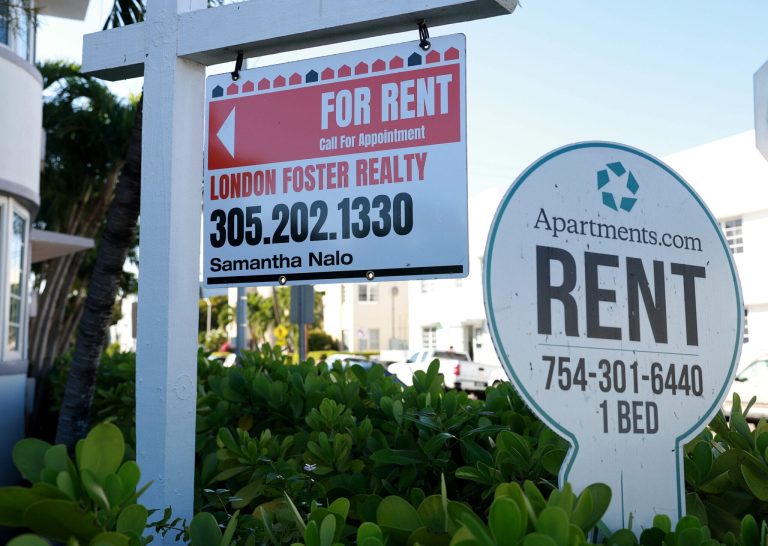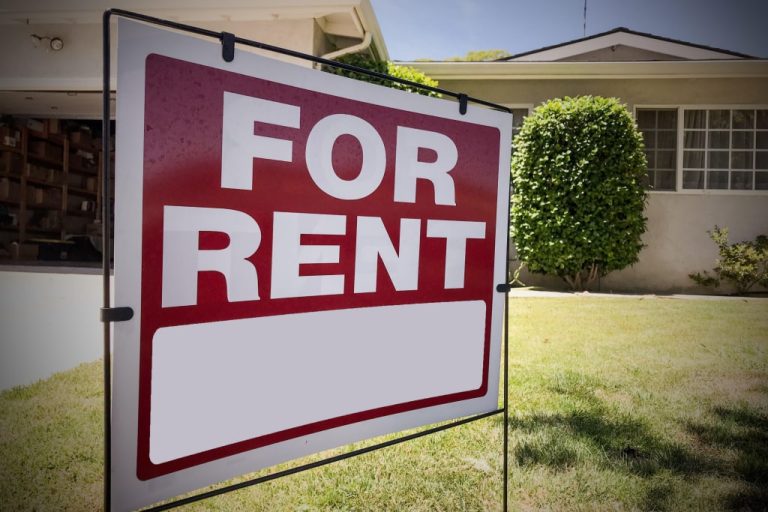In 2023, a Senate Finance Committee meeting was chaired by Senator Bert Stedman. (Photo by Yereth Rosen/Alaska Beacon).
The Alaska Senate is making progress towards the final approval of its proposed state budget for the upcoming fiscal year. Lawmakers are set to vote next week on a plan that includes sufficient funds to cover the 2024 Permanent Fund dividend, which is projected to be around $1,580 per recipient.
The Senate has proposed a different operating budget compared to the one passed by the House earlier this month. The House budget included a proposed Permanent Fund Dividend (PFD) of $2,270.
The Senate’s action will lead to the formation of a conference committee whose responsibility will be to draft a budget agreement that will provide funding for state services beginning on July 1, the start of the fiscal year.
The Legislature’s only constitutionally required duty is the state budget, which often sparks intense debate and disagreement among lawmakers.
There is uncertainty about whether that will be the case this year. Lawmakers still have significant policy battles ahead of them, including education, the potential energy crisis in the Railbelt, and crime legislation. Furthermore, there are not many discrepancies between the spending plans of the House and Senate.
According to Senator David Wilson, a Republican from Wasilla, the challenges we will face this year are more likely to be legislative in nature rather than budgetary. He believes that policy-driven solutions will be required to address these issues and move forward.
According to Sen. Bert Stedman, R-Sitka and co-chair of the Senate Finance Committee responsible for the operating budget, the Permanent Fund dividend is the major point of contention between the House and Senate. Stedman describes it as the “big elephant in the middle making a mess.”
According to lawmakers, the House and Senate plans differ in how they allocate a small surplus that is expected to be available at the end of the current fiscal year, which concludes on June 30th.
In the previous year, Governor Mike Dunleavy made the decision to veto $200 million from the budget that had been passed by the Legislators. As a result of this cut, along with the unexpectedly high revenue generated from oil, it is anticipated that there will be a surplus at the end of the fiscal year.
Most of the surplus will be redirected by the House towards an “energy relief” payment that is part of the proposed PFD.
Senators are skeptical about the feasibility of the House plan. According to Alexei Painter, director of the Legislature’s budget analysis department, when considering other state expenditures such as construction projects and pending legislation, the House plan results in a deficit of approximately $270 million.
When asked by Stedman, Painter emphasized the need to find $270 million in reductions in order to effectively implement the appropriations.
Unfortunately, these reductions have not yet materialized.
According to Senator Lyman Hoffman, a Democrat from Bethel, the state could address the shortfall by utilizing funds from the Constitutional Budget Reserve. However, this would necessitate the approval of three-quarters of the House and three-quarters of the Senate.
According to Hoffman, tapping into the CBR vote in the Senate is highly unlikely.
The Senate’s plan offers an additional $222 in energy relief, on top of the $1,360 dividend, to bridge the gap with the House’s proposal.
The funds for energy relief would be sourced from the budget of the current year, while the funds for the ordinary dividend would be allocated from the budget commencing on July 1.
The energy relief payment amount is not the only difference between the chambers. They also have different proposals for the ordinary dividend. The House’s proposal is approximately 30% of the state’s annual draw from the Permanent Fund, whereas the Senate’s proposal is 25%, which is the same as last year.
The Department of Revenue projected that the state will have around $6.45 billion in general-purpose revenue for the period from July 1, 2024 to June 30, 2025. According to current estimates, the Senate’s plan utilizes all of this funding and concludes with a slight deficit of less than $7 million.
In the upcoming fiscal year, which concludes on June 30th, the state anticipates a total of $6.59 billion in general purpose revenue. According to the Senate plan, the majority of this amount will be allocated, leaving only $113 million unspent.
New legislation or labor contract negotiations may absorb the anticipated surplus, or the funds could be allocated towards items that would facilitate final budget negotiations.
Painter suggested that if there were no additional items, the entirety of the 113 could potentially be transferred to energy relief or another purpose during the conference committee.
If the extra money is not used, it will be deposited into the CBR after the fiscal year ends.
Start your day off right with the latest news delivered straight to your inbox. Sign up now to receive the morning headlines and stay informed on the latest updates.
The Alaska Senate panel has given its approval to a state spending plan that includes a smaller dividend than what was proposed by the House. This decision has raised concerns among the residents of Alaska.



